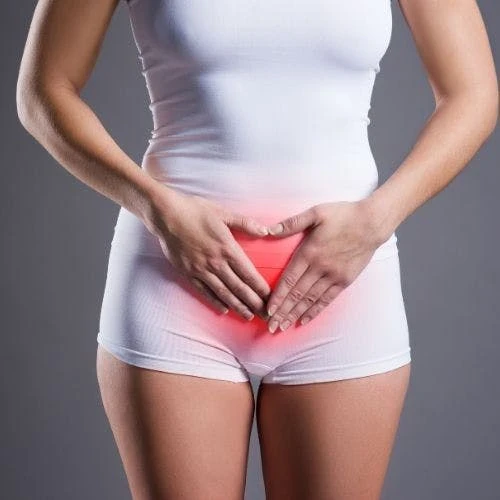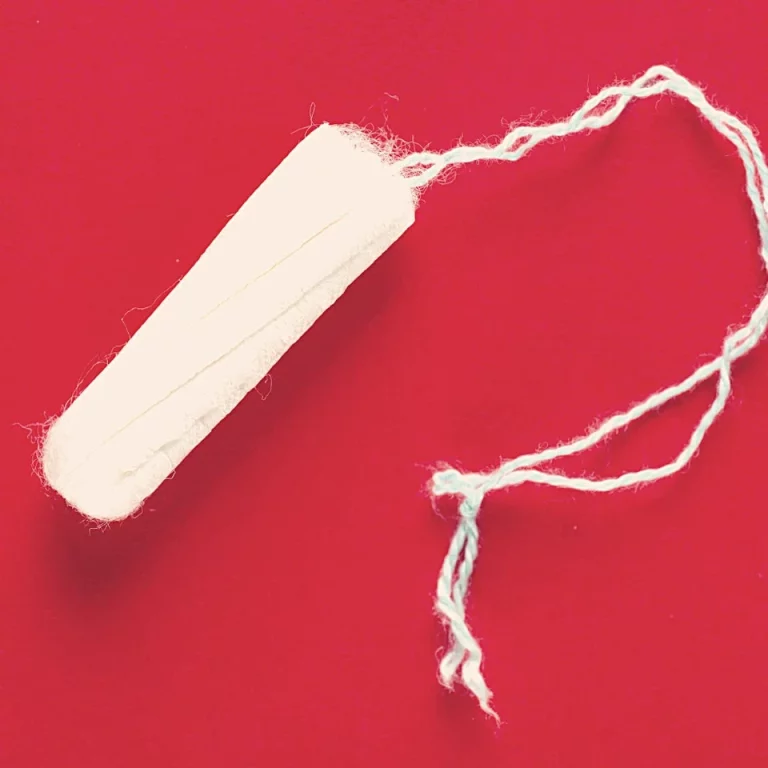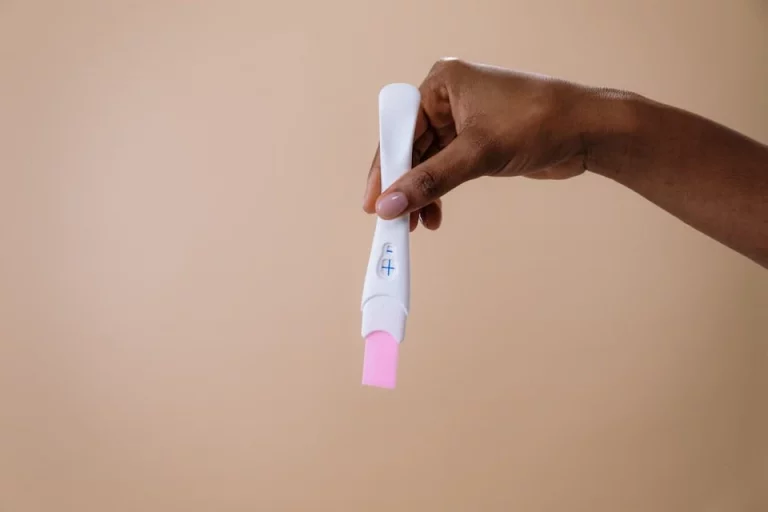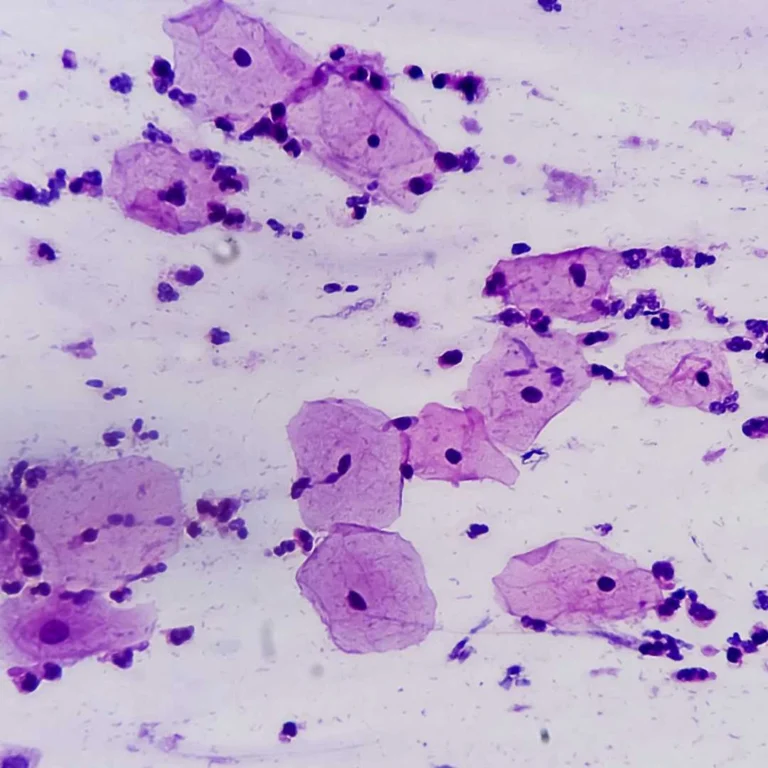Vaginal Atrophy Treatment: Different Remedies You Can Try
Vaginal atrophy, known as atrophic vaginitis, refers to the drying, inflammation of one’s vaginal walls. This may happen when a woman’s body has or produces less estrogen, occurring most often after going through menopause.
There many vaginal atrophy treatments, both medical and natural. So read on to learn more about this condition and how you can remedy its symptoms!
The Causes and Symptoms of Vaginal Atrophy
Vaginal atrophy is caused by a decrease in estrogen production. With less estrogen, it makes the vaginal tissues more fragile and less elastic, feeling thinner and drier.
The drop in estrogen may happen due to the following:
• Before or after menopause
• After the surgical removal of both ovaries
• During breastfeeding
• Adjustments in medications that affect estrogen levels, like birth control
• After chemotherapy or pelvic radiation therapy for cancer
• A side effect of hormonal treatments for breast cancer
There are also risk factors, such as smoking, having no sexual activity, or no vaginal births.
The symptoms of vaginal atrophy include:
• Vaginal dryness, burning, discharge, and/or itching
• Burning urination, as well as frequent and urgency with urination
• Urinary incontinence
• Recurrent urinary tract infections
• Discomfort and/or light bleeding during or after intercourse
• Decreased vaginal lubrication during intercourse
• Vaginal canal shortens and tightens
Vaginal Atrophy Treatment Options
Vaginal atrophy may increase your risk of urinary problems and vaginal infections, which is why it’s best to have it checked and diagnosed with your doctor if you feel any of the symptoms mentioned above.
Related: Why Is My Vaginal Area Dark?
Fortunately, there are ways to treat vaginal atrophy, such as:
1. Natural Remedies
There are a few lifestyle changes you can follow, which are:
• Give up smoking
• Staying sexually active can help to increase blood flow to your genitals
• Avoid using perfumed products, including deodorants, douches, powders, soaps, and certain perfumed spermicides or lubricants
• Keep hydrated and drink eight glasses of water a day to maintain your body’s moisture levels
• Exercise regularly and maintain good physical activity to help with hormone balance
2. Your Diet
Right now, there is still little evidence to support claims about how dietary changes help with vaginal atrophy. However, it’s still best to maintain a healthier diet and if you choose to use herbal supplements and vitamins, check with your doctor beforehand.
Some have reported positive effects when consuming probiotics, which can help with urinary problems and vaginal dryness and infections. While further research needs to be done, you may try incorporating probiotics to your diet.
3. Using Moisturizers and Lubricants
Lubricants can soothe and lubricate your genitals safely. You can try using the following:
- Water-based lubricants
- Oil-based lubricants (caution that these can damage condoms if you are using them)
- Silicone-based lubricants
- Estrogen-based creams
4. Medical Treatment
Besides lifestyle changes and the mentioned remedies, some medications may help treat vaginal atrophy:
• Use topical estrogen cream to the vagina for symptom relief and to reduce exposure of bloodstream to estrogen
• Oral estrogen or an estrogen-releasing ring to release hormones properly
• Systemic estrogen therapy, which comes as a skin patch, tablets, topical gel, or as an implant under your skin. However, this may have side effects you’ll need to talk about with your doctor
Make sure to check with your doctor before putting any products into your vagina or ingesting any supplements or medications.
Vaginal atrophy is uncomfortable but treatable and manageable. Try any of these safe treatments under the guidance of your doctor and see what works best for you now!
We discuss products we think are useful to people. If you buy something through our links, we may earn a commission. Remember to check with your personal physician to see if a product recommended is right for you.








